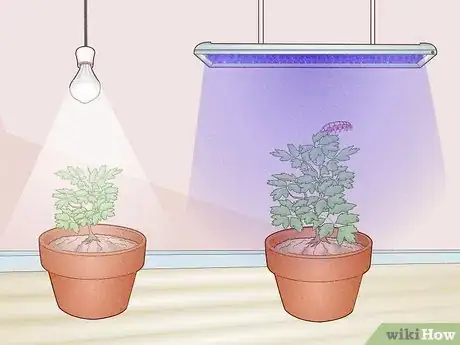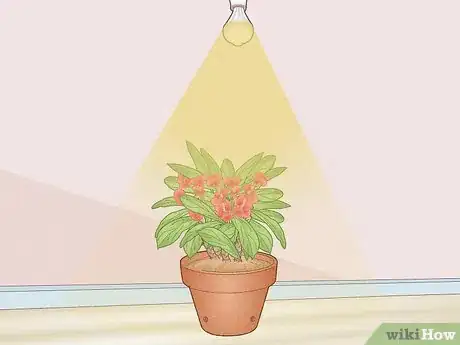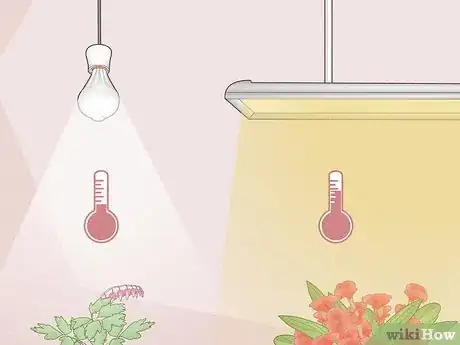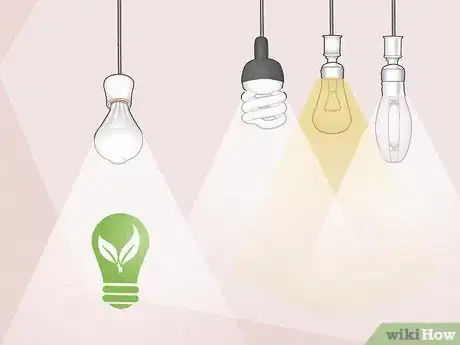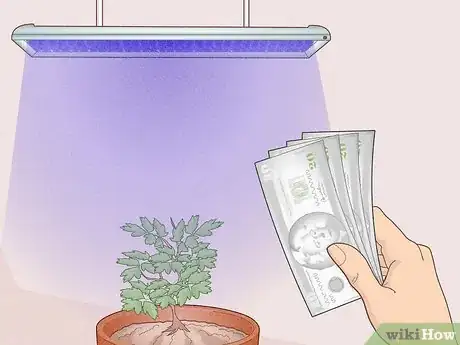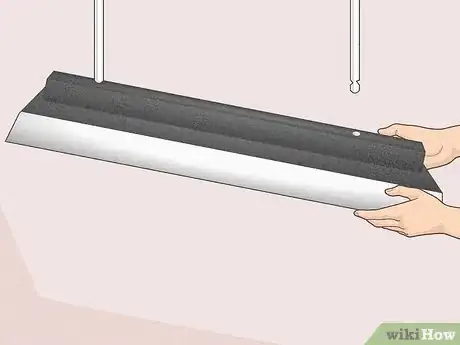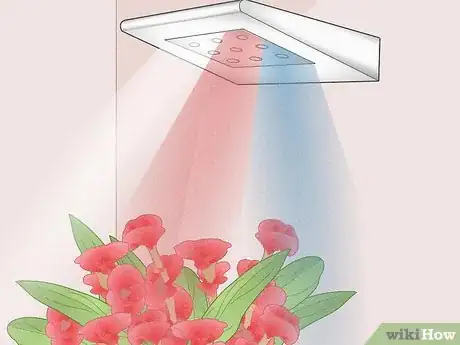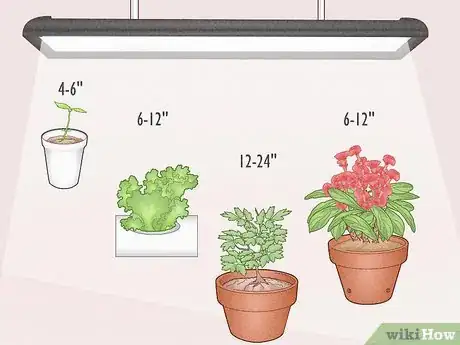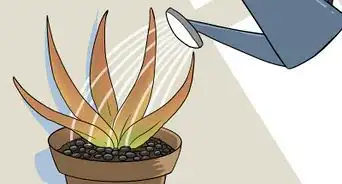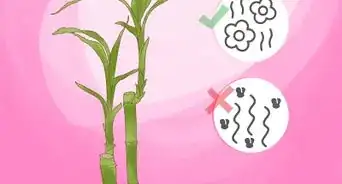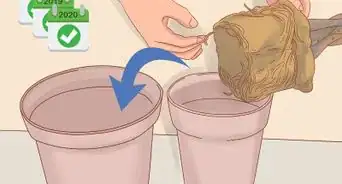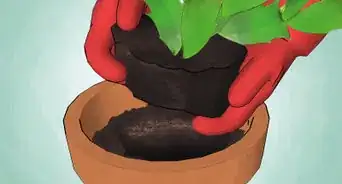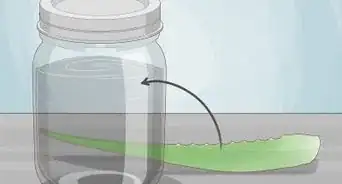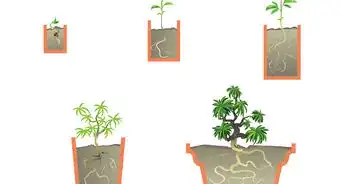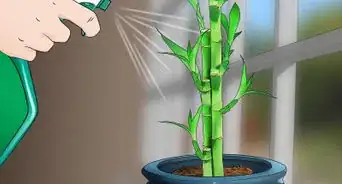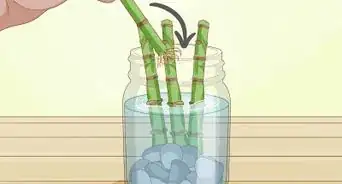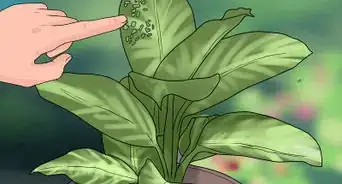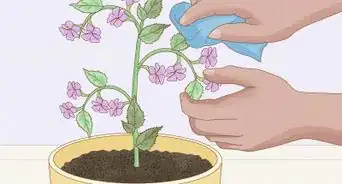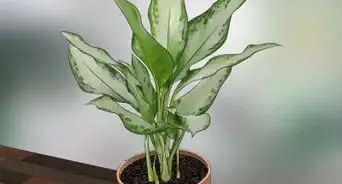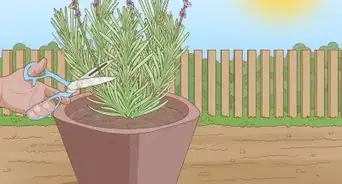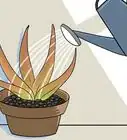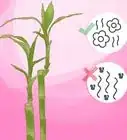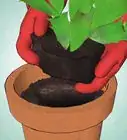This article was co-authored by Rachel Guffey and by wikiHow staff writer, Amber Crain. Rachel Guffey is a Plant Specialist and the Owner of Jungle House, a house plant shop based in Lawrence, Kansas. She specializes in plant education and caring for indoor plants. Rachel is passionate about using plants to help combat seasonal depression. She aims to make plants feel more accessible and approachable to everyone. Rachel has owned over 500 plants at one time.
There are 8 references cited in this article, which can be found at the bottom of the page.
This article has been viewed 65,303 times.
LED lighting is the newest artificial lighting option on the market and there's a lot of hype around it. If you're an indoor gardener, you may be wondering if LED lighting compares favorably to traditional fluorescent and incandescent lighting. We've done the research so we could answer your most pressing questions about LEDs and plant growth. We'll also be covering the pros and cons of each lighting solution so you can make an informed decision that fits your needs.
Steps
What are the benefits of using LED lights to grow plants?
-
1LEDs emit high quality lighting that plants thrive in. "Light quality" refers to the color of light. Because LED lighting comes in a wide range of colors, it can mimic sunlight more accurately than other artificial lights. You can also adjust the color to enhance growth during specific stages, which may result in bigger and healthier plants.[3]
- NASA has been studying LED lighting for years. In many studies, plants grew taller and faster under LEDs than other types of artificial light.[4]
-
2LEDs are more energy-efficient than other types of grow lights. Energy efficiency is one of the biggest benefits of LEDs. In the long run, LEDs are a lot more cost efficient because they use less electricity and don't need to be replaced as often as other types of bulbs.[5]
- These advantages also make LEDs the most environmentally friendly solution. If you’re interested in reducing your carbon footprint, LEDs are the way to go.
-
3LEDs produce far less heat than traditional types of grow lights. Generating less heat is beneficial for several reasons. You won’t have to waste energy adjusting the temperature of your grow room because of hot lights. Less heat also means your plants will require less frequent watering, which prevents waste. [6]
Are there any disadvantages to LED grow lights?
-
1They cost more money upfront than other types of grow lights. LED grow lights are cheaper than they used to be, but they still cost more upfront than incandescent and fluorescent lighting. Incandescent bulbs are the cheapest upfront option, but they’ll cost you a lot more money in the long run. Fluorescent bulbs are more expensive than incandescent bulbs but cheaper than LEDs.[11]
-
2Some LEDs are pretty heavy compared to other lights. Because of the way they're designed, some LED setups (especially large ones) can be fairly heavy. The extra weight makes them harder to move around and mount in a home environment. Limited mounting options may also decrease how much light coverage you're providing, but it really depends on the device's design and size.[12]
References
- ↑ https://extension.okstate.edu/fact-sheets/led-grow-lights-for-plant-production.html
- ↑ https://extension.umn.edu/planting-and-growing-guides/lighting-indoor-plants#factors-to-consider-when-you-evaluate-light-2651611
- ↑ https://extension.okstate.edu/fact-sheets/led-grow-lights-for-plant-production.html
- ↑ https://butler.osu.edu/news/are-all-grow-lights-created-equal
- ↑ https://sitn.hms.harvard.edu/flash/2018/how-to-talk-to-your-plants/
- ↑ https://gpnmag.com/article/led-lighting-and-its-effect-plants-growers-and-world/
- ↑ https://extension.umn.edu/planting-and-growing-guides/lighting-indoor-plants#types-of-grow-lights-2651610
- ↑ https://extension.missouri.edu/publications/g6515
- ↑ https://butler.osu.edu/news/are-all-grow-lights-created-equal
- ↑ https://extension.missouri.edu/publications/g6515
- ↑ https://extension.umn.edu/planting-and-growing-guides/lighting-indoor-plants#types-of-grow-lights-2651610
- ↑ https://extension.okstate.edu/fact-sheets/led-grow-lights-for-plant-production.html
- ↑ https://extension.okstate.edu/fact-sheets/led-grow-lights-for-plant-production.html
- ↑ https://extension.umn.edu/planting-and-growing-guides/lighting-indoor-plants#factors-to-consider-when-you-evaluate-light-2651611

